Understanding prepositions Worksheets for Ages 5-8
11 filtered results
-
From - To
Explore our engaging "Understanding Prepositions Worksheets" designed for children aged 5-8! These interactive resources help young learners grasp the fundamentals of prepositions through fun activities and colorful illustrations. Ideal for reinforcing essential grammar skills, our worksheets encourage students to identify relationships between objects and locations. With diverse exercises, including matching, fill-in-the-blank, and illustration tasks, kids will enjoy mastering prepositions while boosting their confidence in language use. Perfect for classroom settings or at-home learning, our worksheets are a fantastic tool for teachers and parents alike. Start nurturing your child's language development today with our exciting preposition activities!
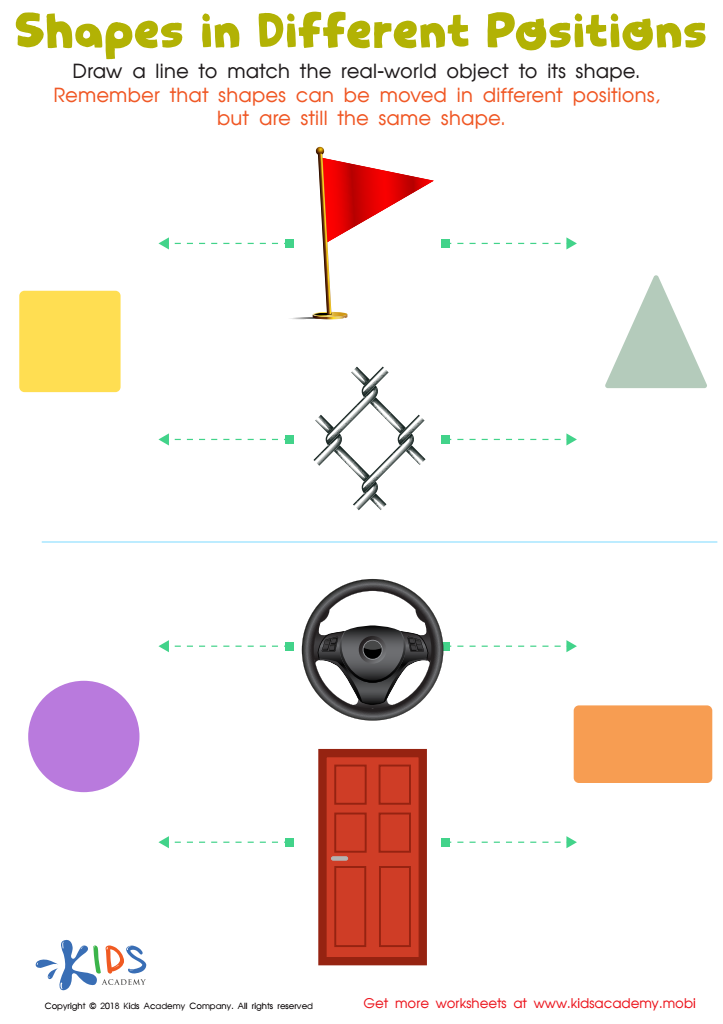

Shapes in Different Positions Worksheet
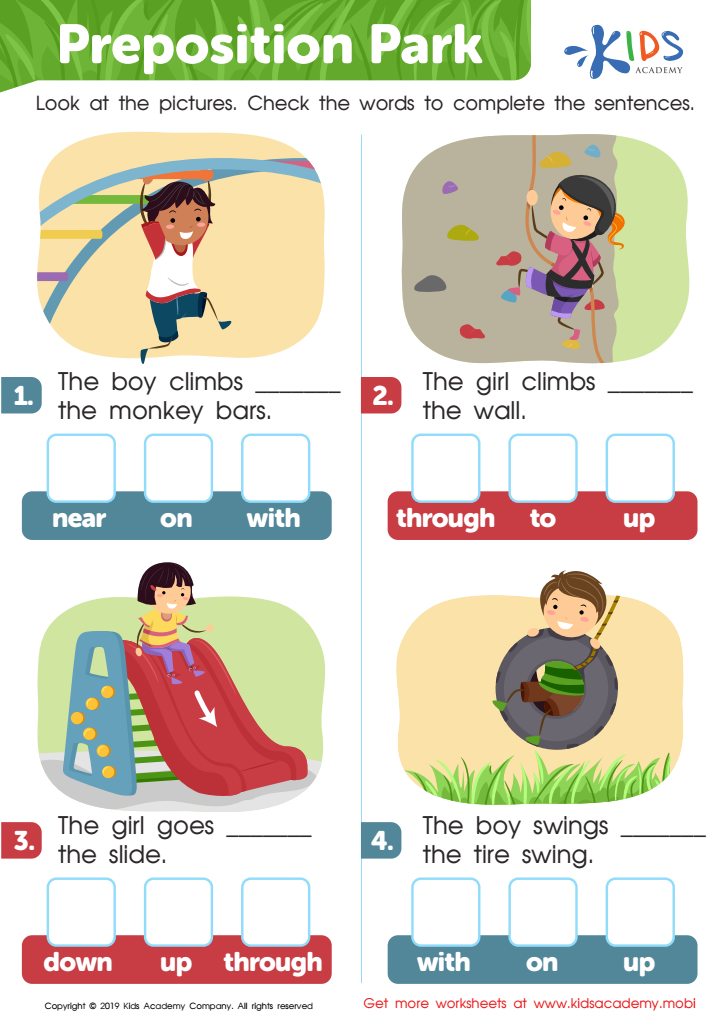

Preposition Park Worksheet
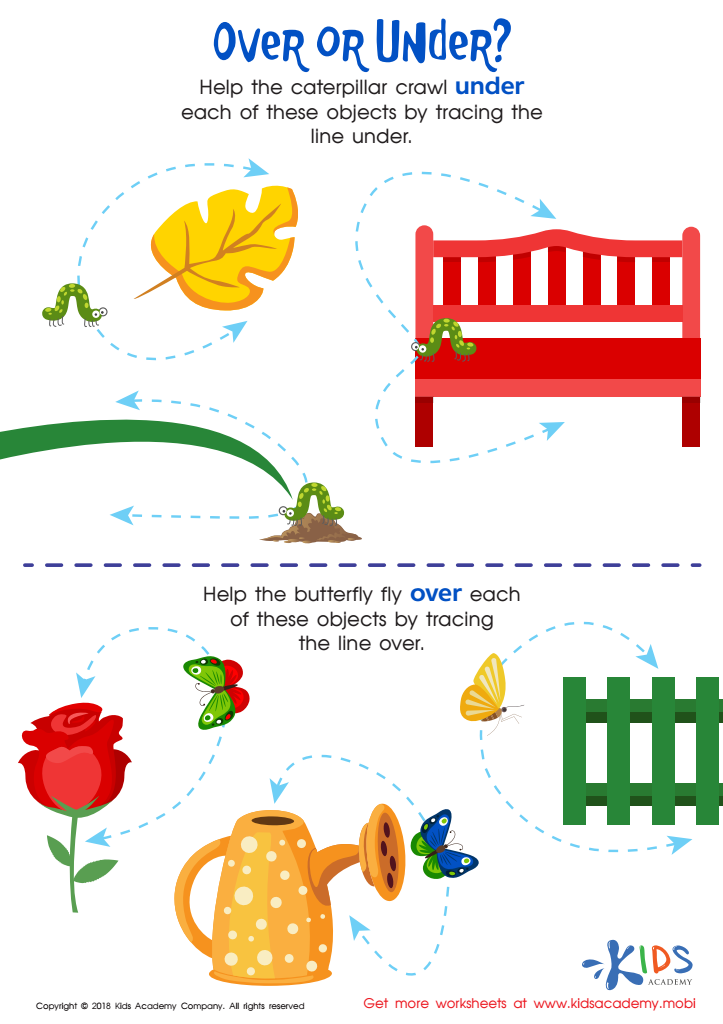

Over or Under? Worksheet
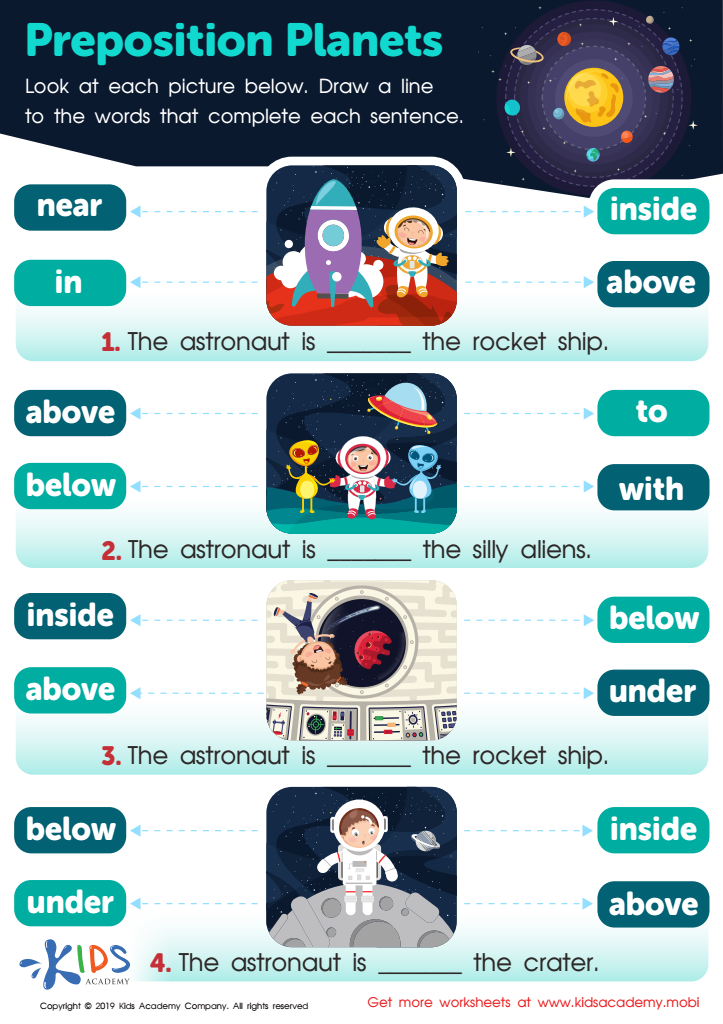

Preposition Planets Worksheet


Preposition Pencils Worksheet
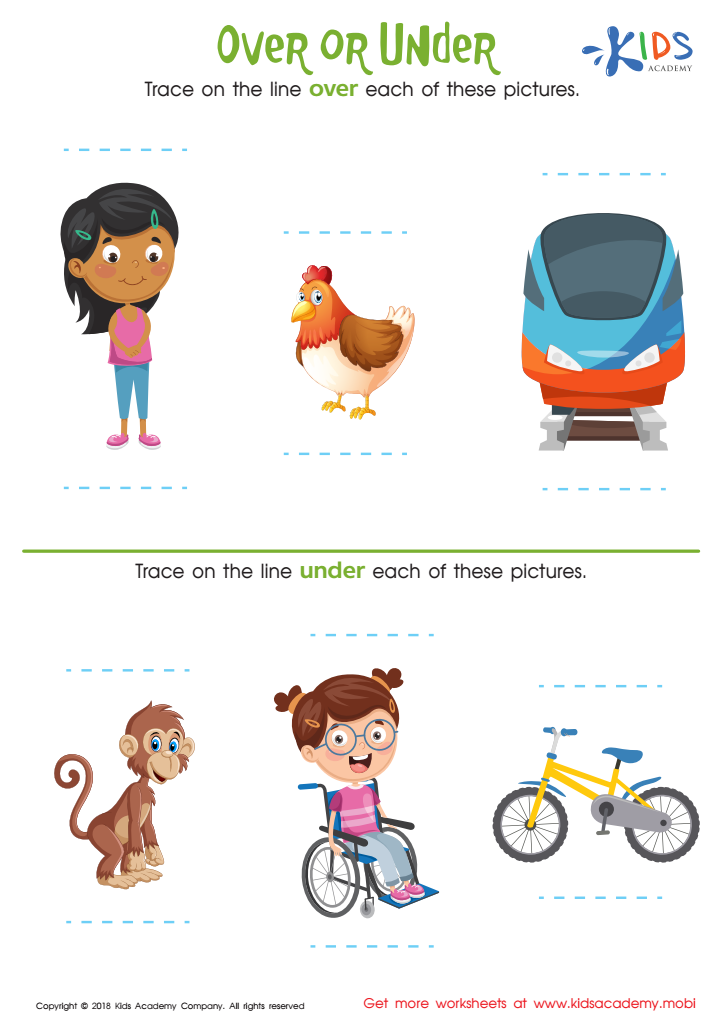

Over or Under Worksheet
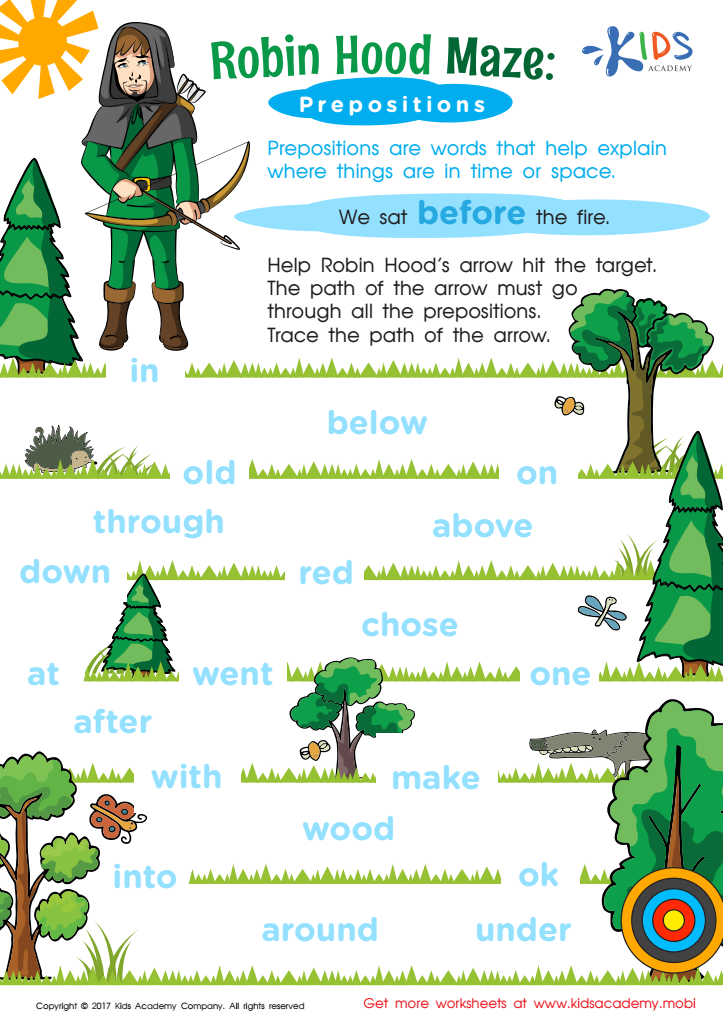

Prepositions Worksheet


In Front or Behind Worksheet
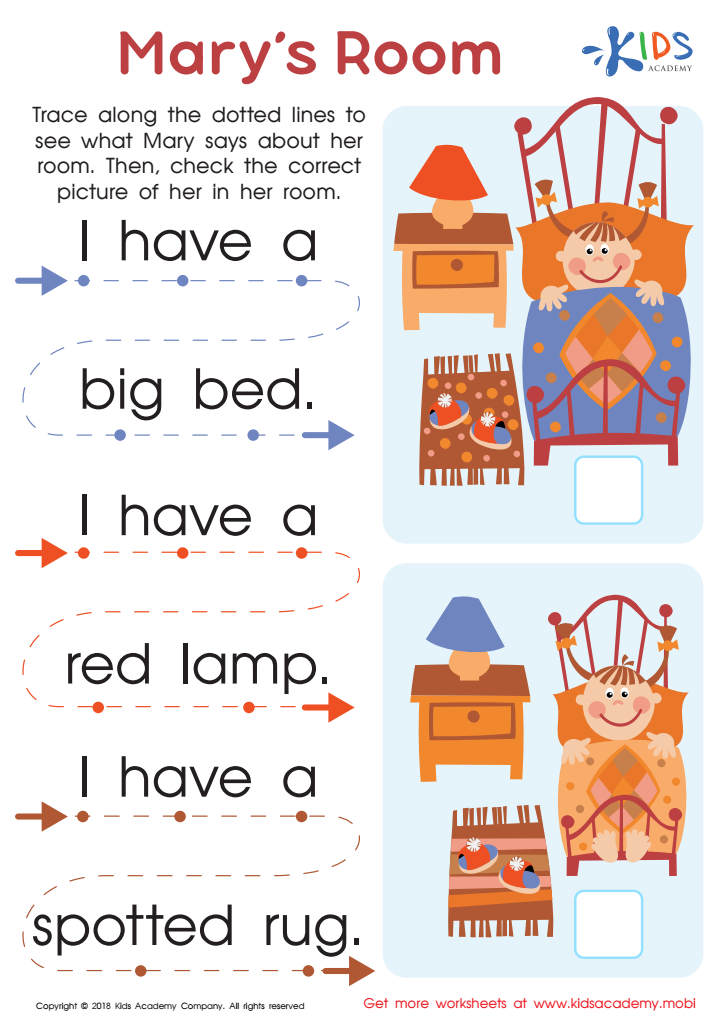

Mary's Room Worksheet
Understanding prepositions is vital for children aged 5-8, as they play a crucial role in developing language and cognitive skills. Prepositions are fundamental in helping children describe relationships between objects, people, and places. By grasping these concepts, children can create coherent sentences, improve their reading comprehension, and enhance their verbal communication skills.
From a practical standpoint, mastery of prepositions facilitates effective interaction within their environments. For instance, phrases like "the cat is on the table" help children articulate their observations accurately, fostering curiosity and encouraging exploration. Additionally, understanding prepositions aids in following directions, which is essential in school settings and daily activities.
Moreover, the grasp of prepositions lays the groundwork for more complex grammar structures. It helps children engage in storytelling, enhancing creativity and imagination. Overall, teaching prepositions also fosters collaboration between parents and teachers, as they can work together to reinforce these foundational language skills through play, storytelling, and everyday interactions. Establishing a strong understanding of prepositions during these formative years is crucial in setting children up for effective communication as they progress in their education and social development.

 Assign to My Students
Assign to My Students
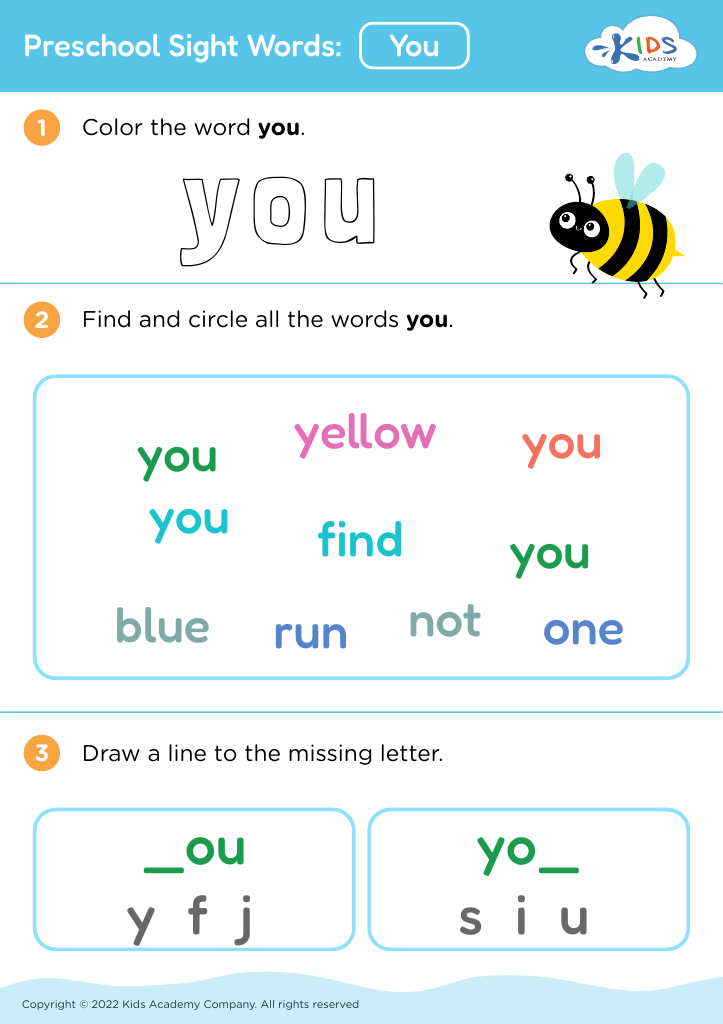




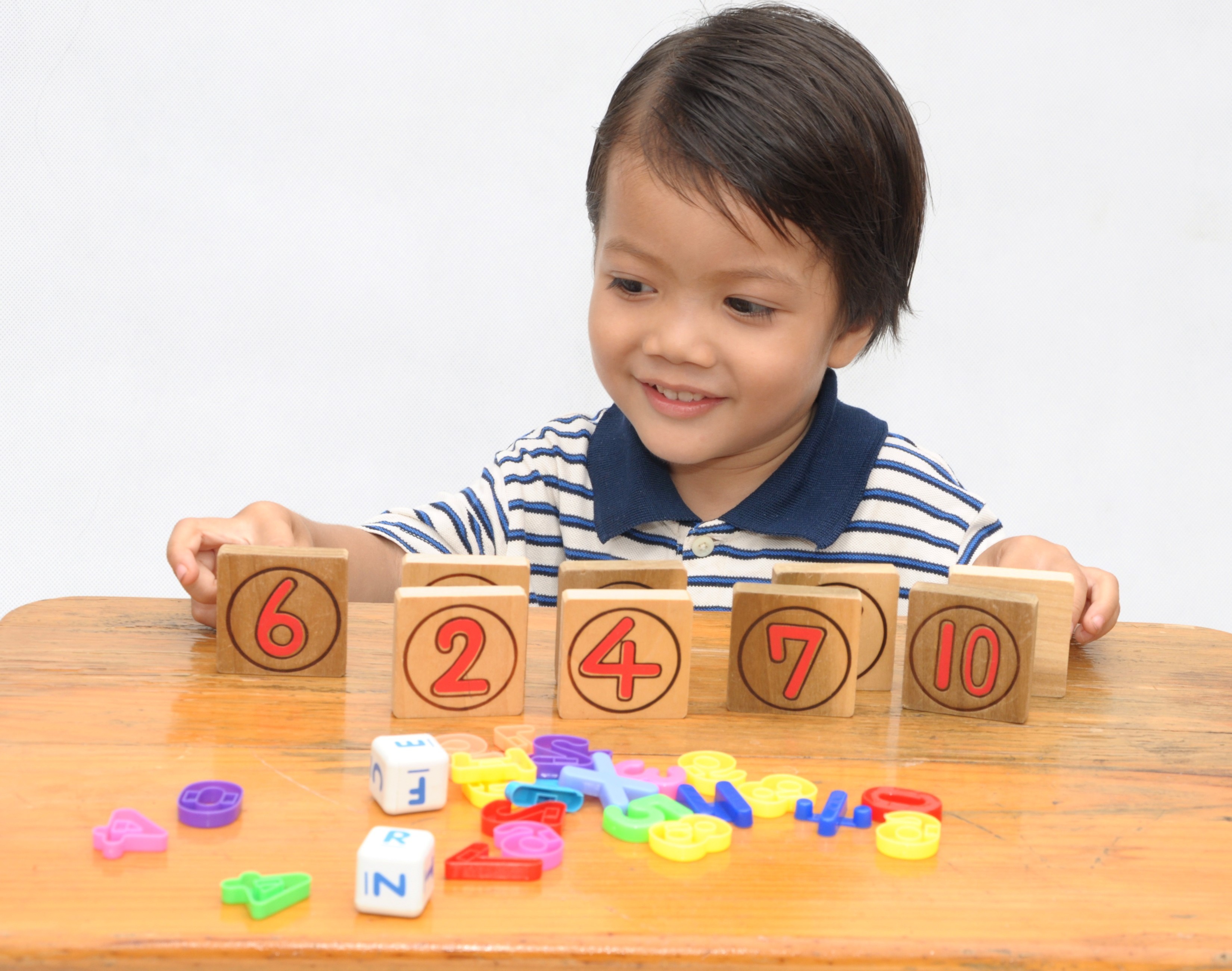

.jpg)









